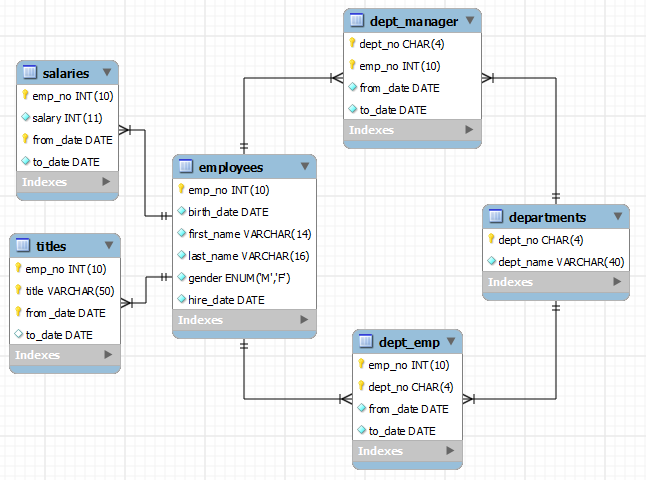Last names, purchase dates, and customer forms of payment in a database are examples of what type of data: In a database, various pieces of information are stored and managed to help businesses and organizations operate efficiently.

Among these pieces of information, you’ll often find details such as last names, purchase dates, and the forms of payment used by customers. These specific pieces of information are examples of what is known as “transactional data.”
Understanding Transactional Data
Transactional data refers to information that is collected during transactions. Transactions are events or activities that involve an exchange, typically between a business and its customers.
This data captures the details of these exchanges, making it a critical component for businesses that need to track sales, manage customer relationships, and analyze performance.
Key Elements of Transactional Data
- Last Names: This is a piece of personal information that helps identify the customer involved in a transaction. By recording last names, businesses can track individual customer activity and preferences.
- Purchase Dates: This indicates when a transaction took place. Knowing the exact date of a purchase is essential for inventory management, sales analysis, and understanding buying patterns over time.
- Customer Forms of Payment: This includes details about how customers paid for their purchases, whether by credit card, debit card, cash, or other methods. Payment information is crucial for financial records and understanding customer preferences.
Why Transactional Data Matters
Transactional data is vital for several reasons:
- Tracking Sales: By recording every transaction, businesses can maintain accurate sales records.
- Customer Insights: Understanding who is buying what, and when, helps businesses tailor their marketing and sales strategies.
- Financial Accuracy: Detailed payment information ensures that financial records are accurate and complete.
- Operational Efficiency: Keeping track of purchase dates helps businesses manage their inventory and supply chain more effectively.
In conclusion, last names, purchase dates, and customer payment forms in a database are examples of transactional data. This type of data is essential for any business that wants to operate efficiently, understand its customers, and maintain accurate financial records.
